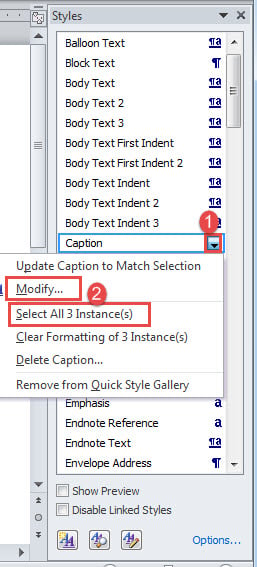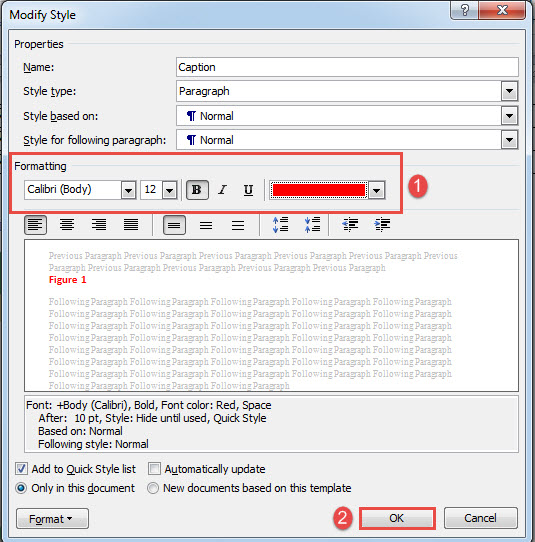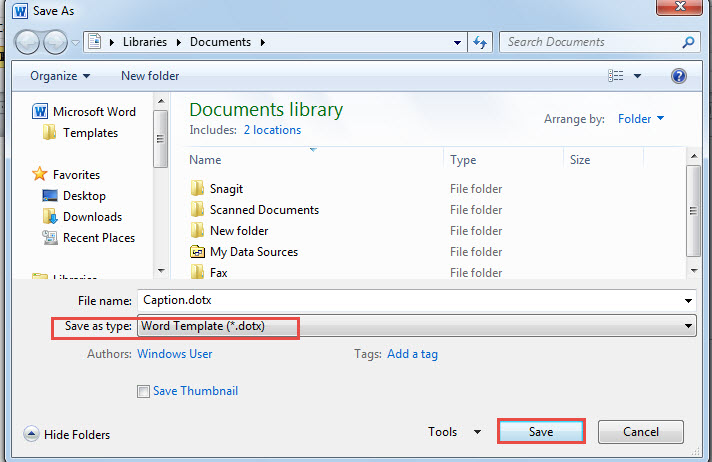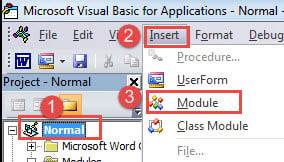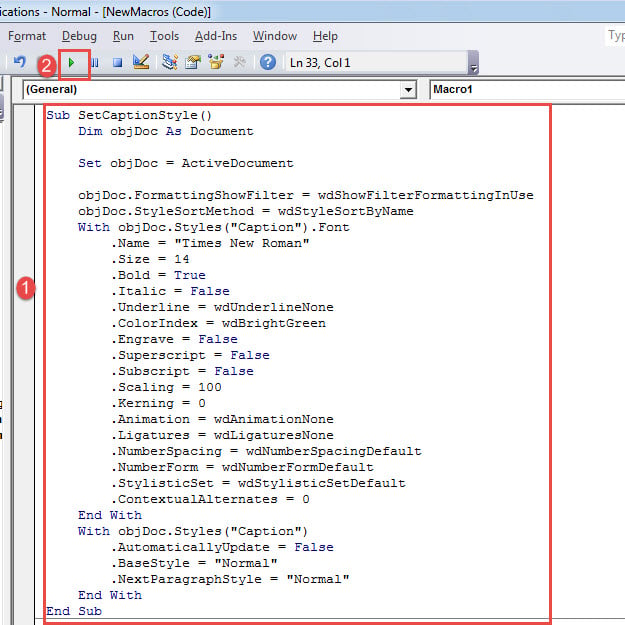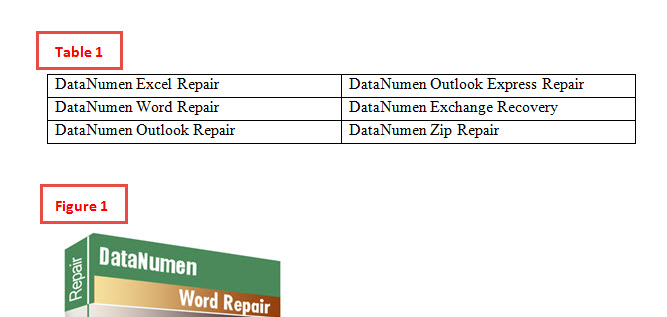In today’s article, we are excited to explain 2 ways to you to change the caption style in your Word document.
What is a Caption?
A caption is kind of label, consisting of text and number. You can use it to number all tables or pictures in your Word document so as to maintain them in a sequence order, such as bellow: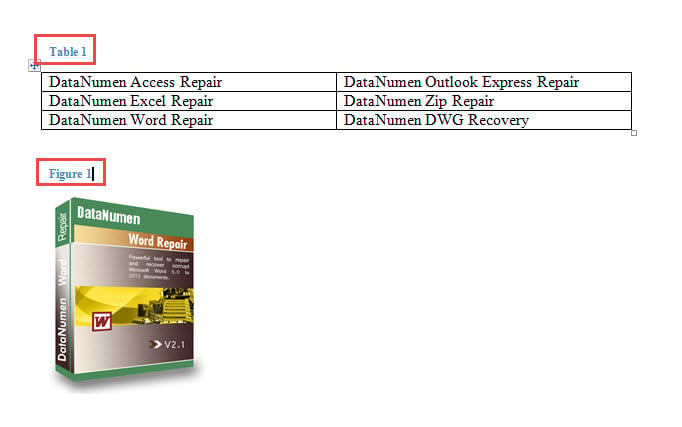
Generally, you can right click on a table or a picture and choose “Insert Caption”. Then select proper caption label to insert a caption.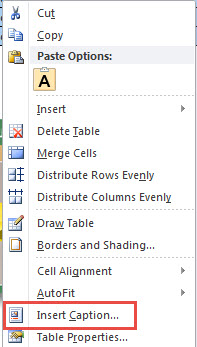
As you may notice, the caption inserted into your document appears in blue by default. This can cause inconsistency with the document formatting. Therefore, here is the demand to alter the caption style as required. Bellowing are 2 methods that enable you to do so.
Method 1: Create a Template
- To begin with, click “Home” tab.
- Then click “Styles” button to open the same name window.
- Next click “Options” at the bottom of the window to trigger the “Style Pane Options” box.
- Choose “All styles” to show and click “OK”.
- Now all styles shall show on the “Styles” window. Find “Caption” and hover the cursor on it until you see an upside-down triangle button.
- Click on the button to bring out the menu.
- If you just need to change the caption style for one-time use, click “Select All XX Instances”. Then all captions shall in selection. You can apply whatever styles you like for them.
- If you want to create a template for later use, click “Modify”.
- In “Modify Style” box, set the formatting like font and color. Click “OK” after finishing this.
- Next click “File” and then “Save As”.
- In “Save As” window, choose “Word Template” as saving type and click “Save”.
Method 2: Use Word Macro
In case you don’t want to create extra template, macro is the remedy you need.
- First and foremost, press “Alt+ F11” to open VBA editor.
- Next go to “Normal” project and click it.
- Then click “Insert” tab and choose “Module”.
- Double click on the new module to bring out the editing area on the right side.
- Paste the following macro there:
Sub SetCaptionStyle()
Dim objDoc As Document
Set objDoc = ActiveDocument
objDoc.FormattingShowFilter = wdShowFilterFormattingInUse
objDoc.StyleSortMethod = wdStyleSortByName
With objDoc.Styles("Caption").Font
.Name = "Times New Roman"
.Size = 14
.Bold = True
.Italic = False
.Underline = wdUnderlineNone
.ColorIndex = wdBrightGreen
.Engrave = False
.Superscript = False
.Subscript = False
.Scaling = 100
.Kerning = 0
.Animation = wdAnimationNone
.Ligatures = wdLigaturesNone
.NumberSpacing = wdNumberSpacingDefault
.NumberForm = wdNumberFormDefault
.StylisticSet = wdStylisticSetDefault
.ContextualAlternates = 0
End With
With objDoc.Styles("Caption")
.AutomaticallyUpdate = False
.BaseStyle = "Normal"
.NextParagraphStyle = "Normal"
End With
End Sub
- Lastly, click “Run”.
Notes:
- In code line “.Name = “Times New Roman”, replace the font name with the one you actually need.
- In code line “.ColorIndex = wdBrightGreen”, you can change the color as required. For more color choices, you can refer to this link: https://docs.microsoft.com/en-us/previous-versions/office/developer/office-2003/aa195611(v=office.11)
Careful with Document Corruption
As you see, there is always more than one way to solve a problem in Word. Most of the time, we can have problems fixed. Yet, at other times, unexpected thing can happen. For example, because of operation errors, Word can collapse and result in doc damage. Thus, one has to be extremely careful with actions they don’t familiar with to avoid the unlucky.
Author Introduction:
Vera Chen is a data recovery expert in DataNumen, Inc., which is the world leader in data recovery technologies, including xlsx corruption and pdf repair software products. For more information visit www.datanumen.com

